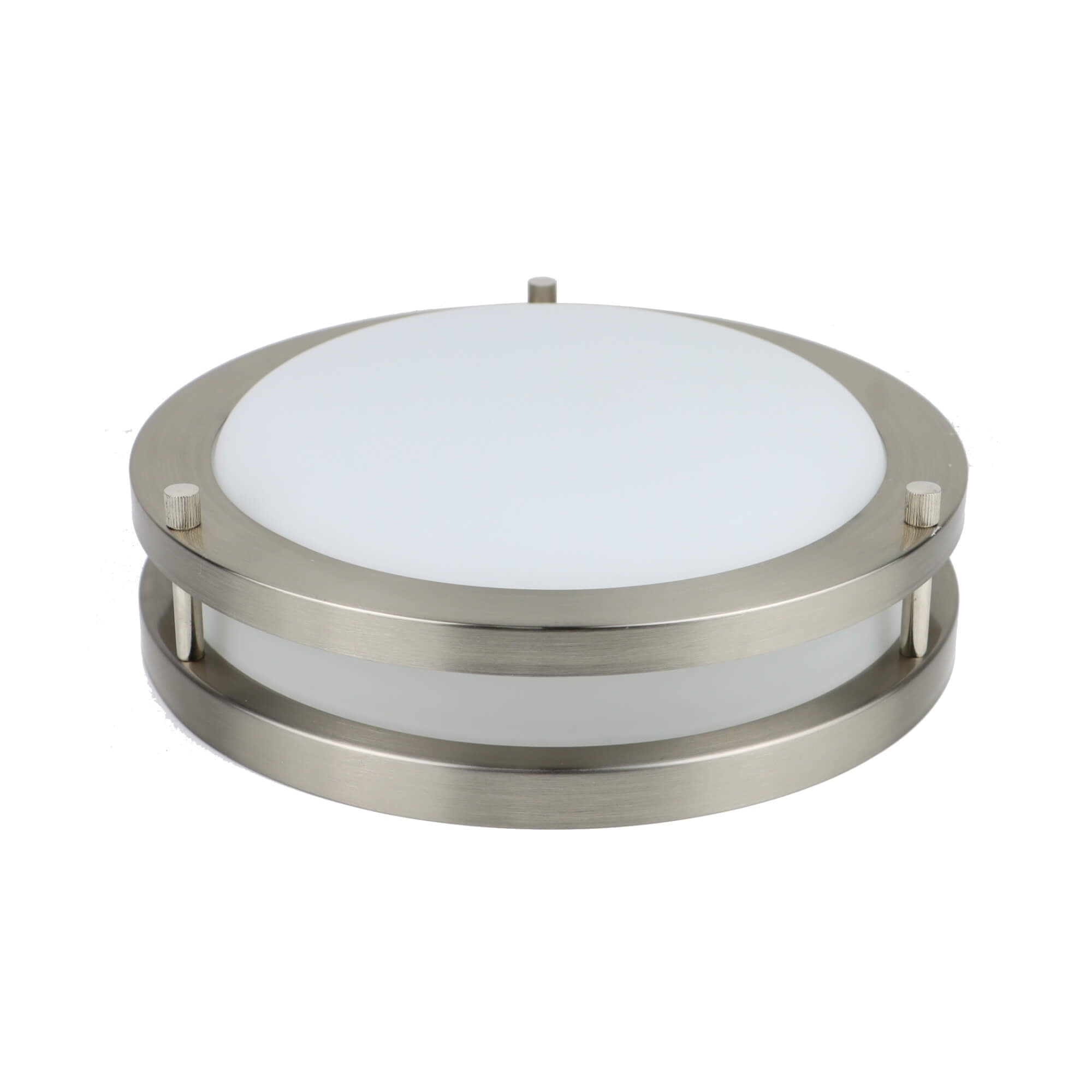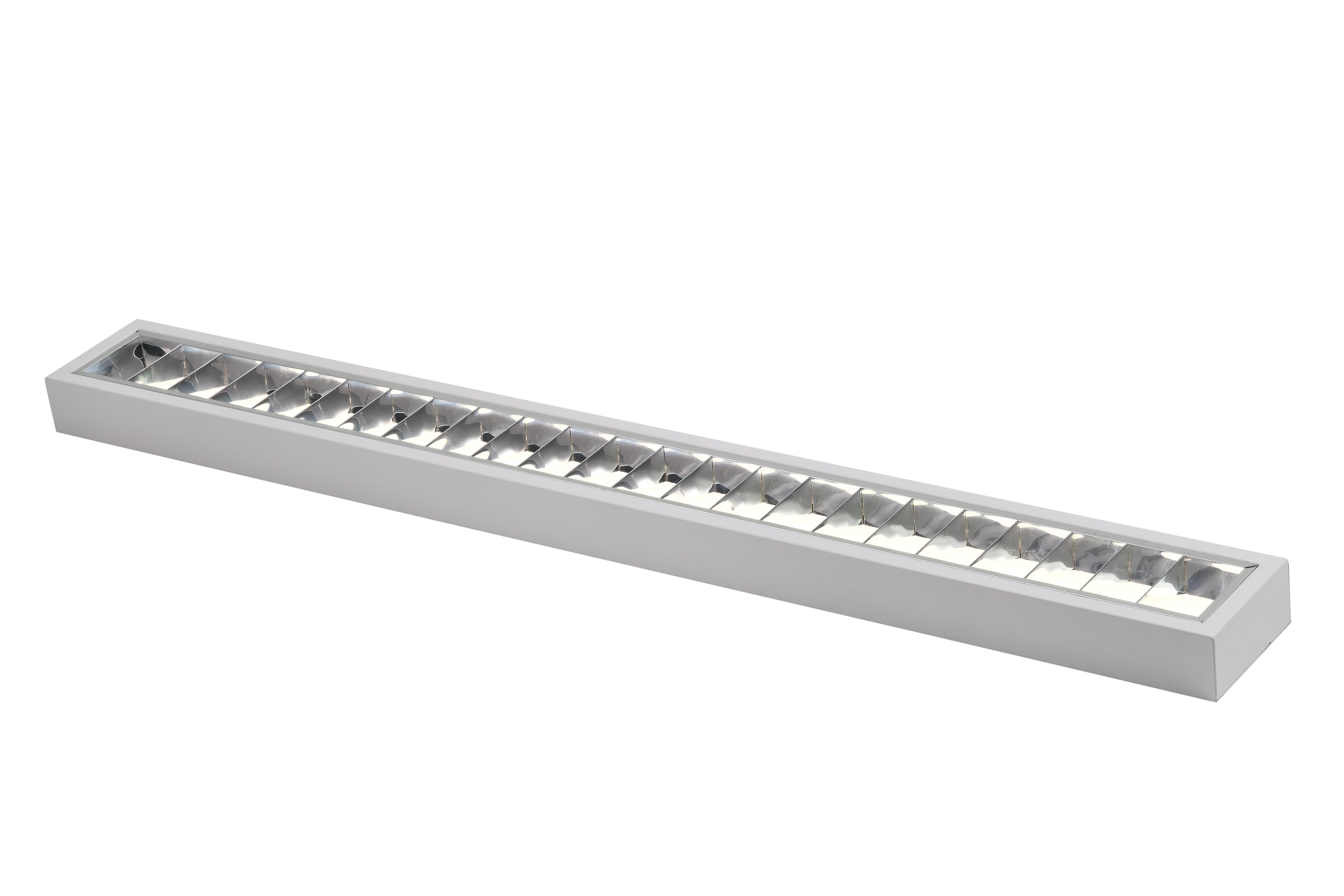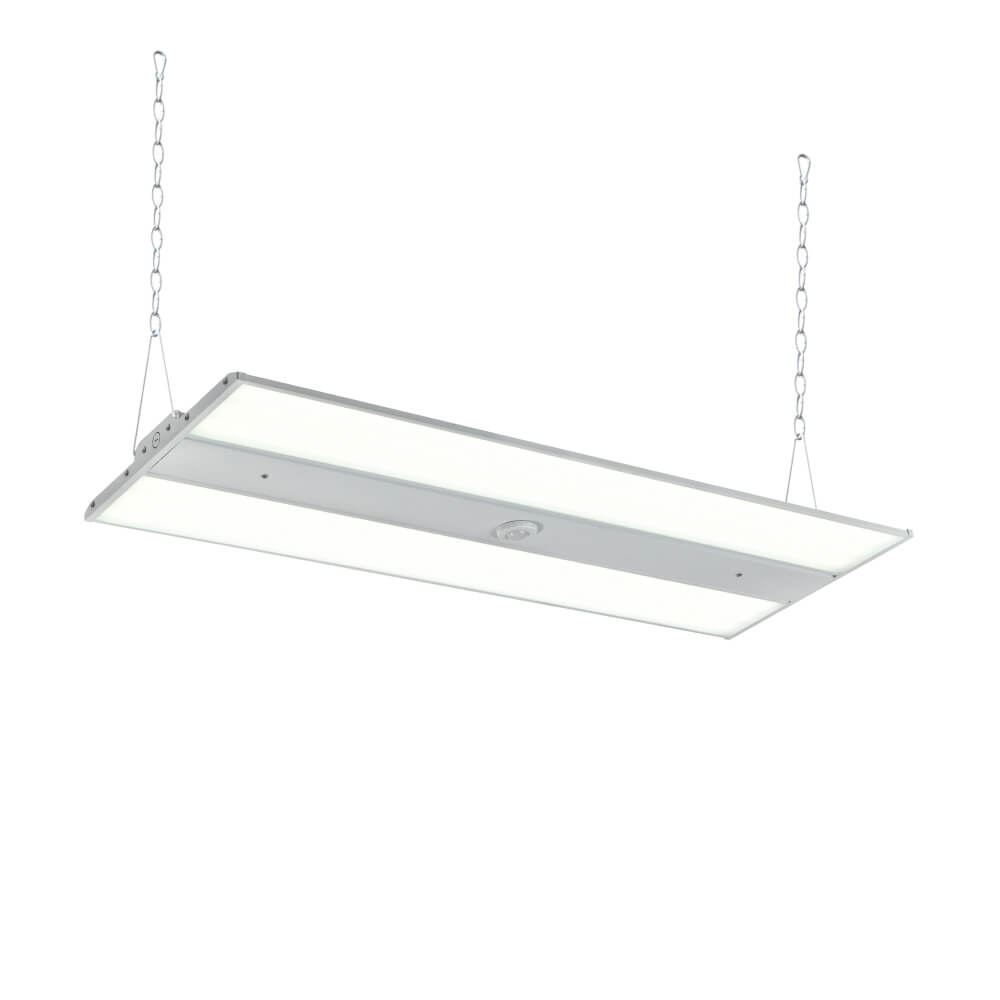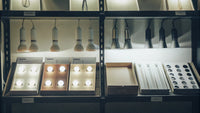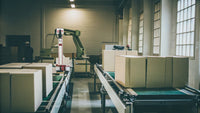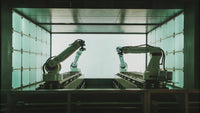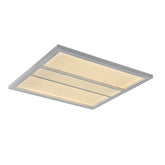Can LED lighting be used in hazardous or specialized commercial environments?
Hazardous areas like those where flammable gases or vapors may be present, as well as specialized commercial spaces with specific lighting needs, have traditionally relied on standard fluorescent or high-intensity discharge lighting. However, LED or light-emitting diode lighting is becoming an increasingly viable and attractive option for these challenging environments. LEDs produce little to no heat or sparks, making them a reduced risk for igniting dangerous fumes. They also provide the controllable, targeted light that many specialized spaces require.
While LED lighting for hazardous and specialized-use cases still tends to cost more upfront, energy and maintenance savings over the lifetime of the fixtures help offset costs and provide a strong return on investment. LED technology is also advancing rapidly, bringing down prices and improving options. A wider range of LED fixtures and lamps are now available that are specifically designed, rated, and approved for hazardous locations and tailored to the needs of medical facilities, clean rooms, art galleries, and more.

Safety Considerations for Hazardous Spaces
For use in hazardous areas where potential explosion risks exist, LED fixtures must be specifically rated and approved for such locations. They undergo testing to ensure no parts could potentially ignite fumes even if there were to be a spark. LED fixtures approved for hazardous locations will be marked with UL (Underwriters Laboratories) and/or FM (Factory Mutual) ratings, indicating they meet safety standards for these spaces.
Using LED fixtures and lamps that are not approved for hazardous locations in these areas could potentially cause serious harm or damage. It is critical to thoroughly research options and only select those that are listed as suitable and UL/FM rated for the hazardous classification of the space (Class I Division 1, Class I Division 2, etc.). Proper ratings and safety approvals provide assurance that an LED fixture will not compromise an otherwise hazardous location.
The reduced heat and spark generation of LEDs also means simpler wiring is often needed for installation in hazardous areas. Less high-voltage wiring and fewer precautions against overheating help minimize costs, complexity, and potential points of failure. Easier and more affordable installation, as well as lower maintenance needs over time, further enhance the value and appeal of hazardous location-rated LED fixtures versus traditional options.
LED technology provides a winning solution for hazardous commercial spaces, but only when the proper approvals and ratings are in place. Do not take chances with subpar or unapproved products that could put people, facilities, or critical operations at risk. With UL/FM-certified LED fixtures designed and tested specifically for use in hazardous locations, businesses can upgrade to efficient, long-lasting, and safe LED lighting for these areas. LED light can thrive even in demanding, dangerous environments when safety serves as the top priority.
Color quality considerations for specialized spaces
In specialized commercial spaces like medical facilities, food processing plants, museums, and more, the color quality is often essential to properly performing work, ensuring safety, and maintaining standards. Tasks that rely on differentiating colors or showing color accurately demand high color rendering index (CRI) LED fixtures that can produce a full, faithful spectrum of light. Lower CRI LEDs may cause colors to appear unnatural or make it harder to distinguish between them.
For critical color perception, a CRI of 80 or greater is typically recommended. Some specialized spaces even require a CRI of 90 or 95 for the most visually accurate and perceptive lighting possible. Medical exam rooms, surgery suites, jewelry display cases, and product inspection areas are examples of where the highest CRI LEDs would be most appropriate.
Beyond just CRI, the color temperature of LEDs used in specialized spaces should also suit particular needs. Some areas call for warmer yellow-toned light (3000K), while others require the more blue-toned light of cooler temperatures (4000-6500K). Tunability and dimmability allow of balancing color temperature with lighting levels, and controlling luminance based on visual tasks or time of day.
LED fixtures designed for specialized commercial spaces provide not just adequate but optimized light for the purposes. They deliver a high, tunable CRI in the appropriate color temperature with enough lumens for requirements. Adjustability meets specialized needs precisely. And as with all high-quality LEDs, energy efficiency and long lifespan reduce costs over time while consistently achieving the ideal lighting for the space.
Specialized lighting needs call for more than generic or standard LED fixtures. Only purpose-built products can properly and professionally address the visual demands of commercial spaces where colors, details, and perception hold the utmost importance. With a focus on high CRI, tunable color temperature, and optimal brightness, LED solutions emerge that do specialized lighting exceptionally well. While LED may not yet match every nuanced aspect of traditional specialized space lighting, the technology supports an unparalleled level of quality, control, and efficiency for increasingly visually dependent work environments.
Challenges of LED lighting for hazardous and specialized applications
While the potential benefits of LED lighting are clear for hazardous areas and specialized commercial spaces, considerable challenges remain in providing the perfect solution for every need. Costs tend to be higher upfront, though energy and maintenance savings over time help justify the investment. Limited options and long lead times also characterize LED products designed for niche purposes. It can be difficult to find fixtures and lamps that exactly match the visual qualities of traditional specialized space or hazardous location lighting.
LED technology continues advancing rapidly, but has not yet reached full parity for all high-end commercial lighting applications. Gaps persist in being able to provide the same warm, rich glow;
subtle variations in hue and brightness; or precisely tuned color temperatures that some visuospatial tasks require. LED may brilliantly light an object, but with a colder feel than an ideal specialized space or exhibition setting might aim for.
As with any new technology, knowledge around best and proper use of LEDs for hazardous locations and specialized spaces continues developing. There is a learning curve, for example, in understanding how to effectively control various qualities like tuning specific wavelengths for visualization needs or providing multi-level zoning and dimming in the most efficient manner possible based on use cases.
While the value proposition of LED is clear and compelling for many standard commercial spaces, hazardous and specialized applications demand additional considerations and caution. Cost justification may take longer for some use cases, limited product options mean settling for close enough quality at times, and knowledge around optimal control and implementation is an ongoing process of discovery as the technology improves.
None of these challenges mean LED cannot thrive in hazardous or specialized commercial light but they do signify that an uncritical adoption of the technology may fall short of the ideal for these demanding, nuanced lighting needs. With an eye always on specific space requirements, energy and cost benefits, close support from reputable LED luminaire suppliers, and a willingness to continue improving the knowledge and perfecting the approach, LED overcomes most if not all challenges associated with these specialty lighting applications. But candid awareness of the difficulties helps guarantee success rather than regret.
Conclusion
While LED lighting first struggled to match traditional solutions for hazardous areas, specialized spaces, and other niche commercial applications, the technology has advanced rapidly with considerable promise. Costs continue falling, options grow wider, intelligence increases and new solutions emerge on the horizon. LEDs can now provide the customized, high-performance light that nearly every operational environment requires.
